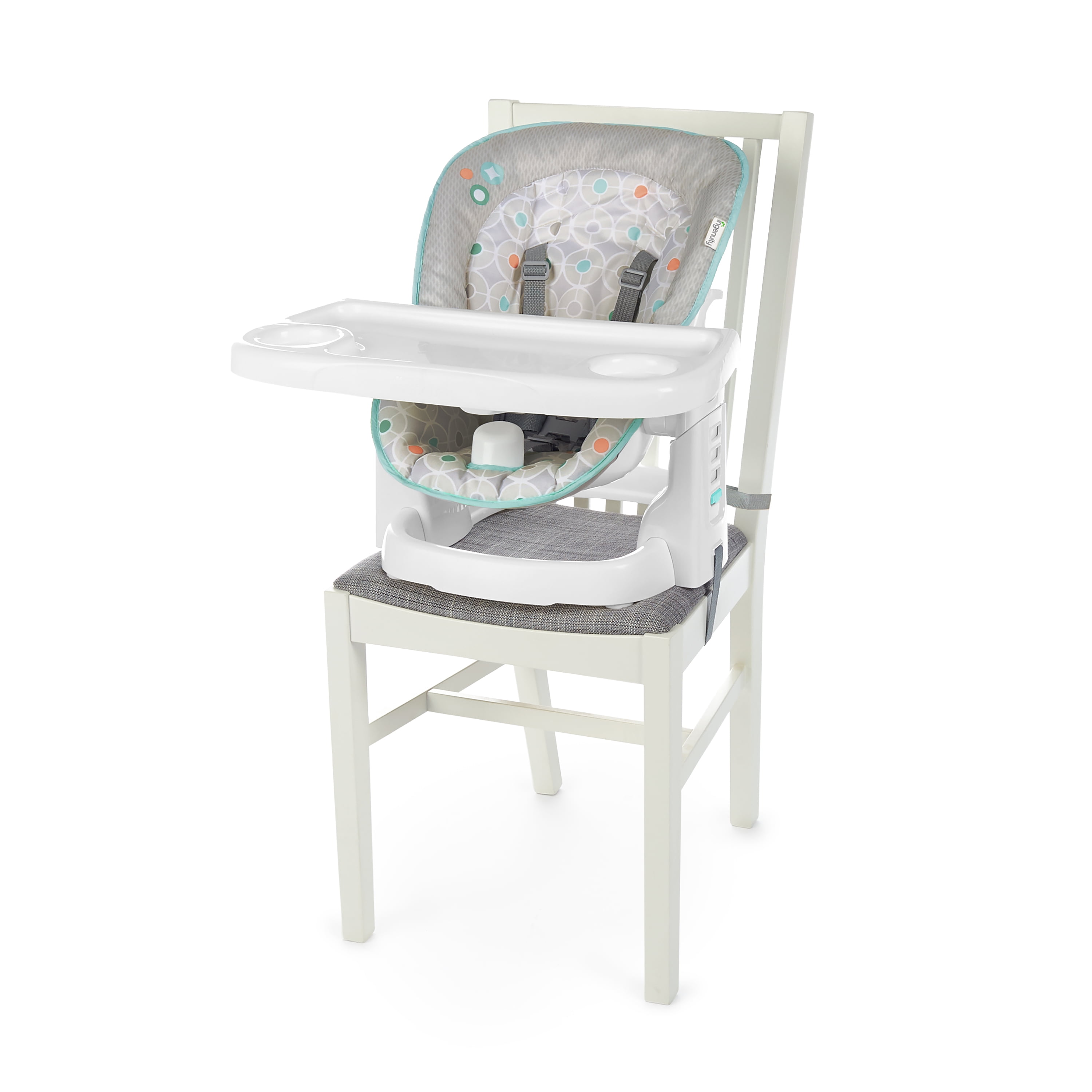Long-Term Use and Transitioning from a Booster Seat: Dining Chair Booster Seat For 4 Year Old

Ah, the booster seat – that culinary throne for tiny humans, bridging the gap between high chair and grown-up dining. But like all good things, its reign must eventually end. This section will navigate the often-uncharted waters of booster seat longevity and the graceful (and hopefully mess-free) transition to regular chairs.
Maintaining and cleaning your booster seat is crucial, not just for hygiene but also for extending its lifespan. After all, you want that investment to last longer than the average toddler tantrum. Different materials require different approaches; a delicate wipe-down isn’t going to cut it for every situation.
Booster Seat Cleaning and Maintenance, Dining chair booster seat for 4 year old
The type of material significantly influences how you clean your booster seat. A thorough cleaning schedule, tailored to the material, will prevent stains from becoming permanent residents and keep your booster looking spick and span.
- Plastic Booster Seats: These are usually the workhorses of the booster seat world, capable of withstanding spills and scrapes with relative ease. A simple wipe-down with a damp cloth and mild soap is often sufficient. For stubborn stains, a paste of baking soda and water can work wonders. Remember to rinse thoroughly and allow it to air dry completely.
- Wooden Booster Seats: Wooden booster seats exude a certain charm, but require more gentle handling. Avoid harsh chemicals and excessive moisture. Use a slightly damp cloth and mild wood cleaner, following the manufacturer’s instructions carefully. Regular dusting will prevent dust buildup.
- Fabric Booster Seats: Fabric covers are often removable and machine washable. Always check the care label before washing. Spot cleaning with a stain remover might be necessary for unexpected accidents. Air drying is preferable to prevent shrinkage.
Transitioning to a Regular Chair: Age and Developmental Milestones
Knowing when your child is ready to ditch the booster seat is key. While there’s no magic age, several developmental milestones signal readiness. Generally, children between four and six years old are ready, provided they can sit upright without assistance, maintain their balance, and safely manage their cutlery and food. Consider these factors:
* Physical maturity: Can your child sit upright independently for extended periods?
* Fine motor skills: Can they use utensils without knocking over their food or themselves?
* Self-awareness and safety: Do they understand the importance of sitting still and staying at the table?
Transitioning from Booster to Regular Chair: A Step-by-Step Approach
Transitioning shouldn’t be a sudden upheaval. Introduce the regular chair gradually. Start by having them sit on it for short periods during mealtimes, perhaps with the booster nearby as a safety net (and a comforting familiar presence). Increase the duration slowly, providing encouragement and positive reinforcement. Parental supervision is crucial during this phase, to ensure they don’t fall or injure themselves.
Potential challenges might include your child’s resistance to change or a temporary decrease in their dining etiquette. If they miss the added height, consider placing a small, non-slip cushion on the chair to provide additional support. Patience and positive reinforcement are essential to navigate these hurdles. Remember, it’s a journey, not a race, to the land of grown-up dining!
